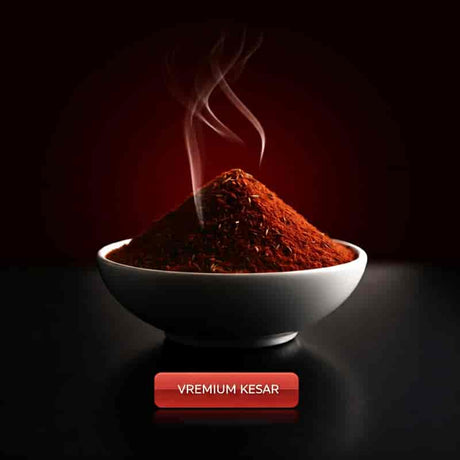
Saffron: The Golden Spice of Tradition
By Prashant Powle
Saffron: The Golden Essence of Flavour and Tradition It is known as the Golden Spice, Kashmiri Kesar, Kumkumapuvvu or Keshar and has a long history. It has been critical to many...
Read moreTaste the real Alphonso Mango SHOP NOW.

By Prashant Powle
Saffron: The Golden Essence of Flavour and Tradition It is known as the Golden Spice, Kashmiri Kesar, Kumkumapuvvu or Keshar and has a long history. It has been critical to many...
Read more